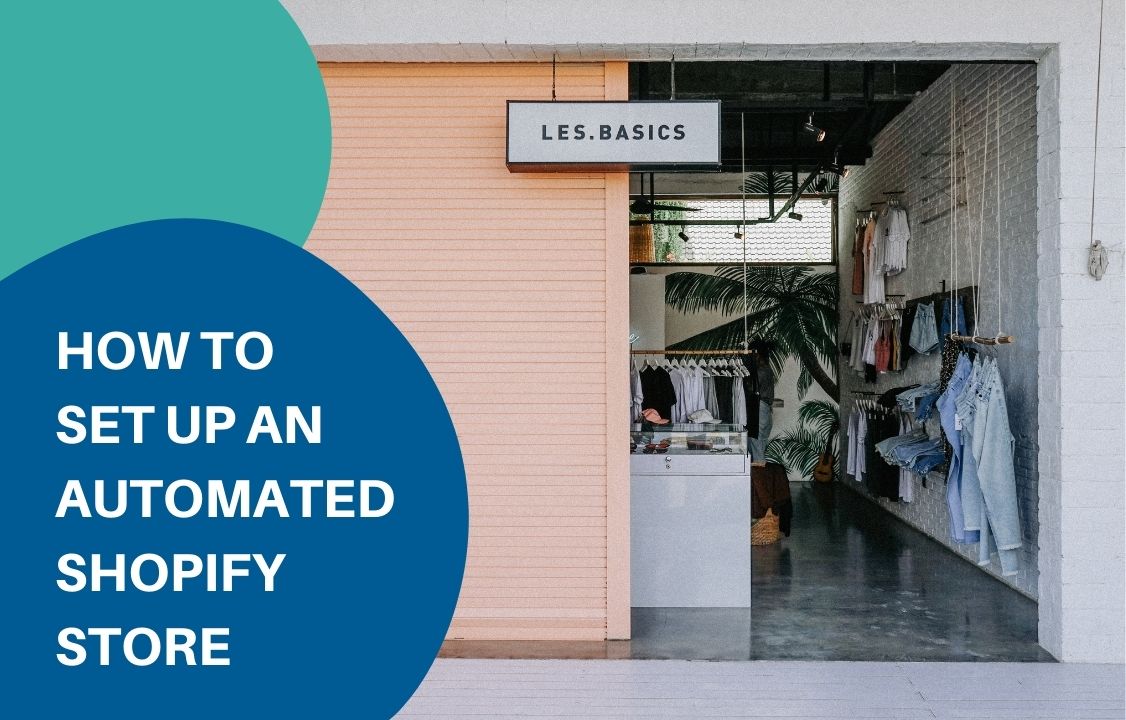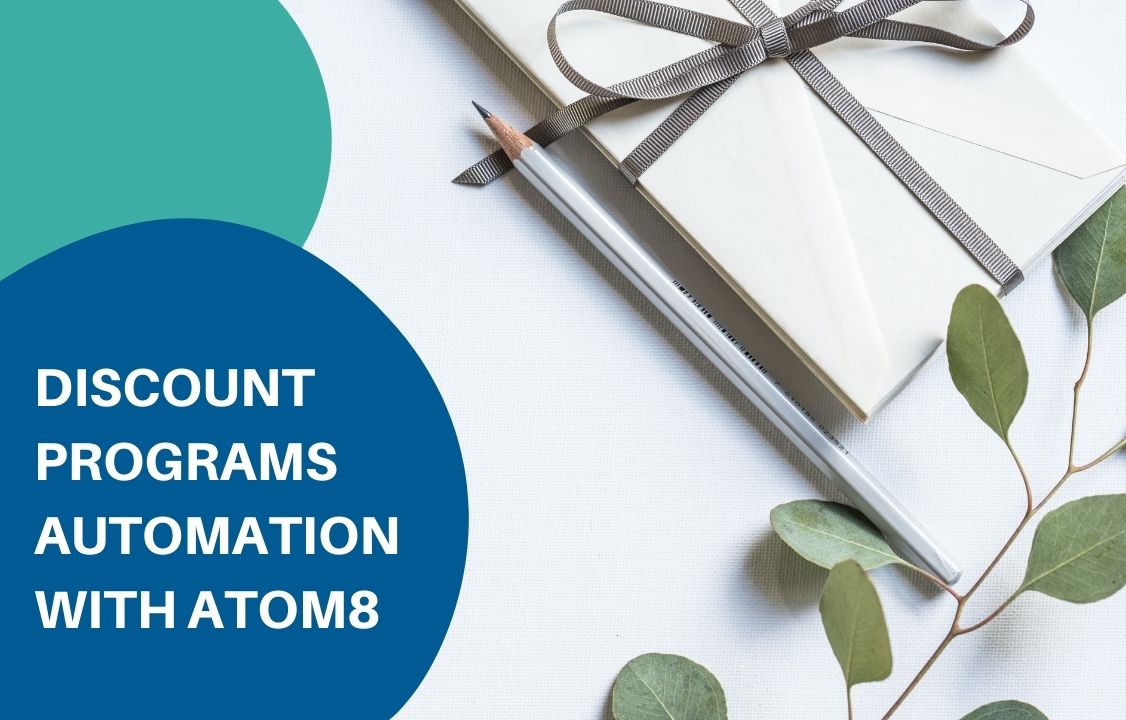How To Set Up An Automated Shopify Store

Automation is a helping hand to your Shopify e-commerce business. Each business element that you automate saves your time and resources. That’s why every business is hoping to develop a fully automated Shopify store. Think about it this way, if you have a task that takes up half an hour every day to finish, which means three and a half hours per week. Every year, you waste 182 hours on a single task. Complicated work might require more time. Meanwhile, it only takes you some hours to get used to an automation app and a couple of minutes to set up a workflow. This article will discuss how you can set up a fully automated store on Shopify that will accelerate your business development. 1. Identify all tasks and processes The first thing you need to do in order to automate your Shopify store is to list down every task that you want to complete faster. Specify the problems you have with doing it manually and how you want to solve them. Some examples are: Sending abandoned cart reminders Tagging customers and orders Running discount programs Sending inventory notifications Detecting high-risk orders Publishing price lists and ad banners, and many more. 2. Determine the ease of automation The second step is to categorize your list based on how easy it is to automate the tasks. You might want to start with 4 major groups. The first category contains tasks that can be easily automated. Data entry is an example. You can have all your information filled in by a simple program at a reasonable price. Email marketing automation apps to deliver promotion campaigns and abandonment cart emails are also rather affordable. Category two are tasks that take a bit more effort to automate. In other words, you need to tell the computer how to do the job before depending on it for the result. For instance, in accounting, you need to enter the formula so that the app knows how to calculate a fee. It also includes processes that can only be partially done by technology. Category three is tasks that are more difficult to automate. It might be something that you don’t know how to automate or requires a custom solution. You can consider things like chatbot builder, which you need to set up from scratch, and a large budget to get access. The final category covers tasks that cannot be replaced by computers such as calling wholesalers to discuss a new deal or going to a meeting with a customer. It is noteworthy that you can outsource some processes within this group such as a telesales associate to make cold calls. However, automating requires highly intelligent technology which is out of the question for small and medium businesses. 3. Look for existing solutions Once you are aware of the tasks you want to automate, start looking for the solutions out there. I would recommend going around the Shopify marketplace and reading the review to get an idea of the experience. You also realize that some tasks are easier or more difficult to automate than you expected. Don’t worry. This happens all the time. Recategorize them, skip processes at groups 3 and 4 and extend your search for the first two categories. Shopify is a great platform to establish your online store because it comes with a bunch of useful native functionality. The platform also works particularly well with plug-ins. Some of the highly-rated third-party apps on Shopify are Atom8, Klaviyo, Omnisend, YOTPO, etc. 4. Develop custom automation solutions Once you have found a suitable platform, it’s time to integrate it into your store. It takes time for people to get used to any change within the work process. Therefore, you might want to redefine the scope of work for your team. Remember to specify which task needs automation and which needs to be done manually. Then train your staff to work on and cooperate with the app. It might not go as smoothly as you expect at the beginning. It helps to be open to feedback from the team and critical in analyzing the result. This helps figure out the room for improvement and if the software meets your company’s demands. 5. Pursue further development With all the time you have, you can expand your business and if needed, create your automated solution. You can take a look at bigger corporations to learn from their automation solutions. You can slowly build up a network, starting with a niche, and hopefully, it would spread to the whole business process. Now you can set up an automated store on Shopify on your own. With the profit generated from automation, you can invest in hiring people for more important activities. If you play your cards right, you can run your business almost virtually without much human interference. Now go on Shopify and start your search right away!
Discount Programs Automation with Atom8

Consumers are becoming more and more price-sensitive these days. The Internet makes it easier for customers to compare prices between different stores, allowing them to get the products they want at the most reasonable price. That’s why discount programs are essential to raising your brand perception. A survey by RetailMeNot showed that 75% of customers made a purchase they did not intend to because they found a coupon or discount. With that being said, businesses should always consider a wise use of discount programs to stay competitive. Yet it is not easy to manage every campaign at a time. Therefore, this article will guide you through ways to automate your discount. 1. Discount coupon for customer reviews Customer reviews have a powerful impact on brand awareness. Positive reviews help stimulate trust, generate valued word-of-mouth, thus increasing the sales volumes. It also points out what needs improvement to have a better service. Therefore, it is important that businesses gather as much feedback as possible and display the good ones for sales impact. One of the best ways to ask for a customer review is to give them a gift in return. This could be something small as a coupon. To do this, you need to prepare an email template in advance in Mailchimp. In the email, add a button, embedded link, or a form. Whatever it is convenient for you to track data. Don’t forget to personalize your message with the customer’s name as it increases the chance that they go along with your request. Finally, save it with a distinctive name to avoid mistakes. TRIGGER: When customer updated CONDITION: If accept product review & abandoned cart email is equal to True ACTION: Send an email to the customer via Mailchimp Besides Mailchimp, you can also use Klaviyo or Sendgrid as long as you integrate it with your BigCommerce store. 2. Automatic discount for specific customer group The benefit of a membership program is that it encourages customers to buy more from your store through constant engagement. It allows you to gather more information about customers to build up effective promotion campaigns. For example, when a customer spends in your store reaches a certain amount, you might want to offer them some personalized discounts. This makes consumers feel like you care about them individually while incentivizing them to make another purchase. TRIGGER: When an order placed CONDITION: If customers total spending is greater than or equal to $1000 ACTION: Assign customers to the Gold group And Send an email to customers via Mailchimp containing a promo code 3. Discount for minimum order value Discount programs are intriguing for customers. But offering a discount for orders with too low a value might hinder your profit. Hence the solution is to apply a discount rate for orders within a specific range. Customers then have to add more products to reach this value if they want to get a reduction. On the one hand, it ensures your profitability. On the other hand, customers would be happy that they can buy more items at a cheaper price. Besides a discount, free shipping is also a good deal. For example: TRIGGER: When order placed CONDITION: If the total amount excluding tax is greater than or equal to $30 ACTION: Add a note to ShipStation stating Freeship order And Send a notification email to internal staff to take care of the order 4. Auto-publish and unpublish banners with code Flash Sale is a great occasion to generate sales. The time restraint makes customers more excited to get the deal. However, it is rather frustrating having to wait until a certain time to publish your discount programs, especially when you launch them regularly. The solution is to employ an automation app. In Atom8, you can create a workflow at the Content level. This covers the publication of everything from a blog post, ad banner, to a webpage. For example, you have created a banner that highlights the discount code but you don’t want to publish it until 4 PM. Then set up a workflow as followed: TRIGGER BY TIME: Fill in the time you want to publish FILTER: Select filter by content ACTION: Publish ad banner DELAY: Wait for one hour ACTION: Unpublish ad banner Easy discount with Atom8 Atom8 makes it easier than ever to create a discount program targeted at each customer. Besides, the app can help you to: Auto-categorize orders (based on value, locations, etc) Auto-segment customer (based on demographics, spending, the total number of order, etc) Auto-tag customers on CRM, email marketing, and delivery platforms Auto-generate reports & lists on Google Sheet Auto-notify of low-stock items, abandoned cart, or high-value orders Auto-detect and halt high-risk orders We are extending to SHopify and Magento 2 as well. Install the app today and get your work done quickly!

